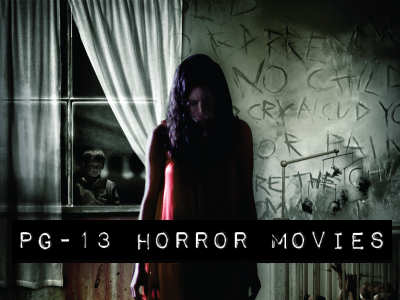Good scary films are something that many people love. In 1968, director George Romero took the frightening idea of “zombification,” which up till that time had been relegated to creepy voodoo tales and further-dimensional Lovecraft-ian lore, and created a terrifying new style of horror: the zombie apocalypse movie.
Carpenter’s movie is a nod to basic horror tales like these present in Tales from the Crypt comics, as well as an actual-life ship which was sunk and plundered off the coast of Galeta, CA. The director composed the score himself, due to course he did, utilizing related easy-but-unsettling strategies to these heard in Halloween.

Horror films have been round almost as long as filmmaking itself, and whereas the genre has at all times been cyclical in nature -dipping, typically drastically, in both high quality and quantity every so often – all it often takes is a properly-timed box workplace hit, a recent new angle or a hot younger filmmaker to reanimate it once more.
Teaching the American movie-making machine a thing or two about the way to make a blockbuster motion epic with coronary heart, crammed with charismatic and compelling characters, nail-biting pressure, and gorgeous set pieces, this apocalyptic zombie trip reinvigorated the style with its central father-daughter story and creative tackle the by-now acquainted zombie rules.
Whereas the story is stable, where the film really succeeds is in its joyfully extreme use of those effects. Lon Chaney’s makeup design remains iconic and effective, and even if watching a silent movie presents a challenge to some modern viewers, that moment stands as a landmark in horror historical past.